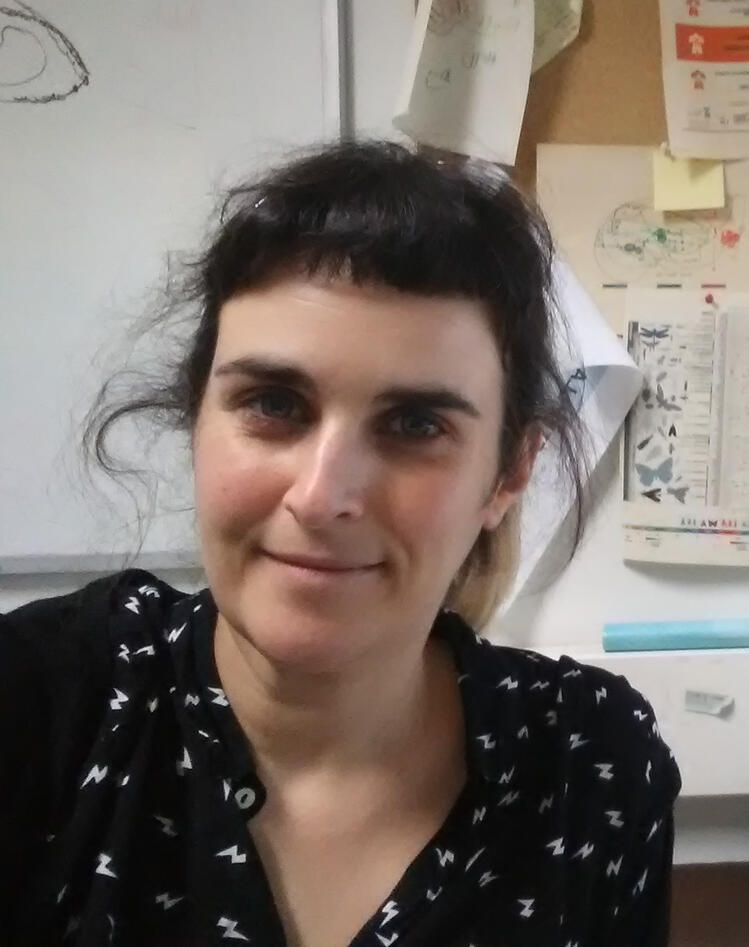Dr. Isabel Almudí, University of Barcelona, Spain
Dr. Isabel Almudí, Group Leader at the Department of Genetics, Microbiology and Statistics at the University of Barcelona, will present: "Omics approaches to understand the origin of new organs and the evolution of winged insects"

Hovedinnhold
The great capability of insects to adapt to new environments promoted their extraordinary diversification. The key phylogenetic position of mayflies within Paleoptera as the sister group of the rest of winged insects, together with their life history traits, make them an essential order to understand insect evolution. To answer these questions, we have successfully established the mayfly Cloeon dipterum as a model species with a continuous culture in the lab. We have sequenced and assembled a high quality reference genome and we provide the first analyses of the genomic bases underlying the evolution of the chemical and visual perception systems and the origin of insect wings, paving the way for a better understanding of how insects colonized the sky and explored a huge variety of new ecological nichesFurthermore, C. dipterum males develop, in addition to the compound eyes (shared by males and females), an extra pair of extremely large dorsal, turban-shaped eyes. Thus, by comparing males versus females, this mayfly species provides a privileged system to understand the origin and integration of new structures.To answer these questions, we describe the development of the eye and its integration with the optic lobes of male and female Cloeon nymphs using confocal and electronic microscopy. Furthermore, we compare sex-specific gene expression in nymphal heads at single cell resolution, to show how the highly conserved Retinal Determination Network (RDN) could have evolved to play a role in the origin of this novel sexually dimorphic visual organ.
